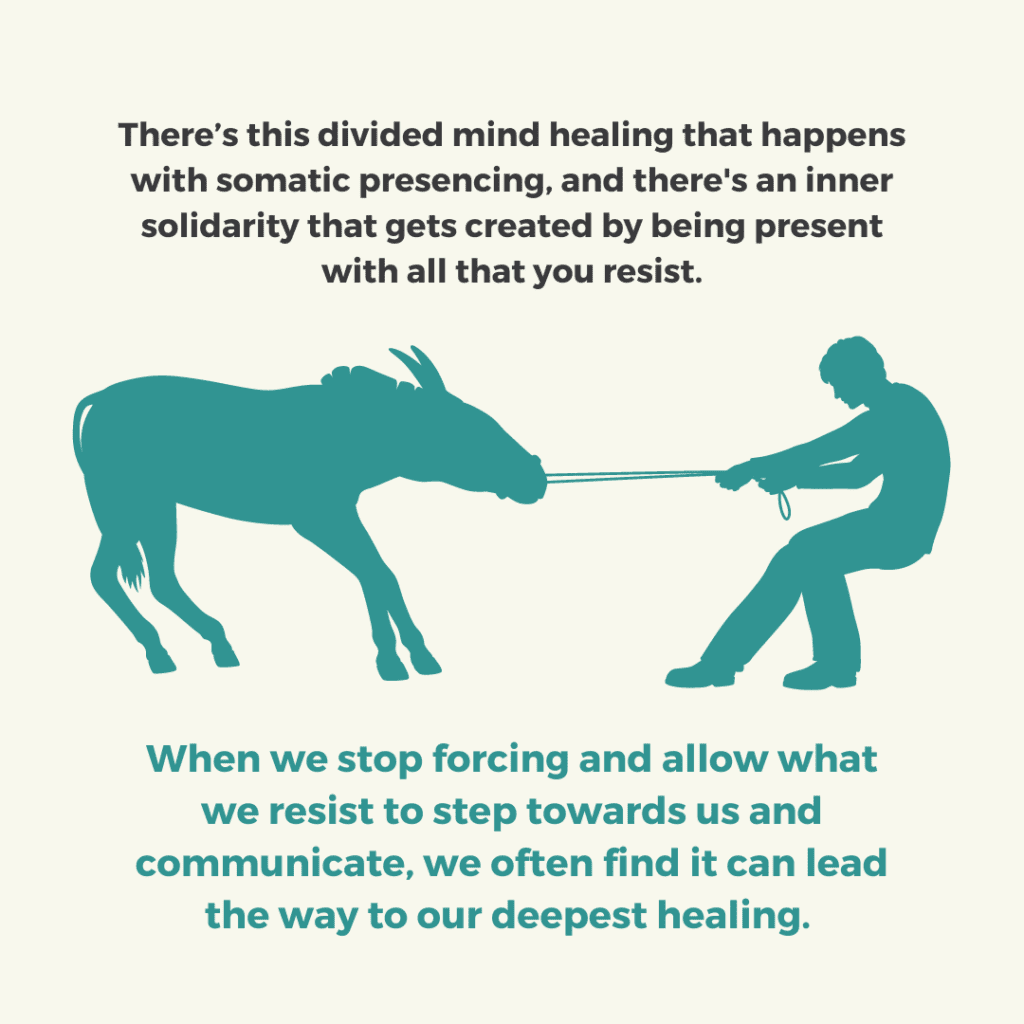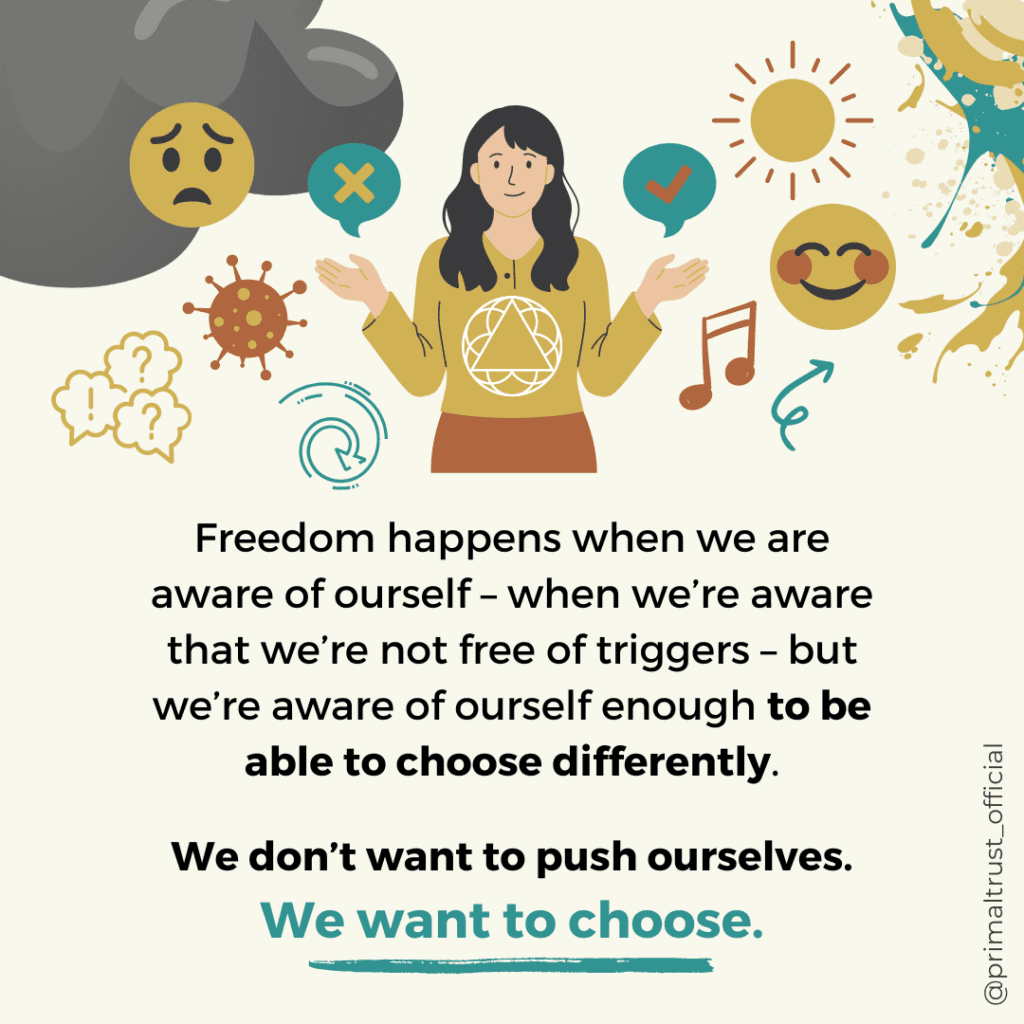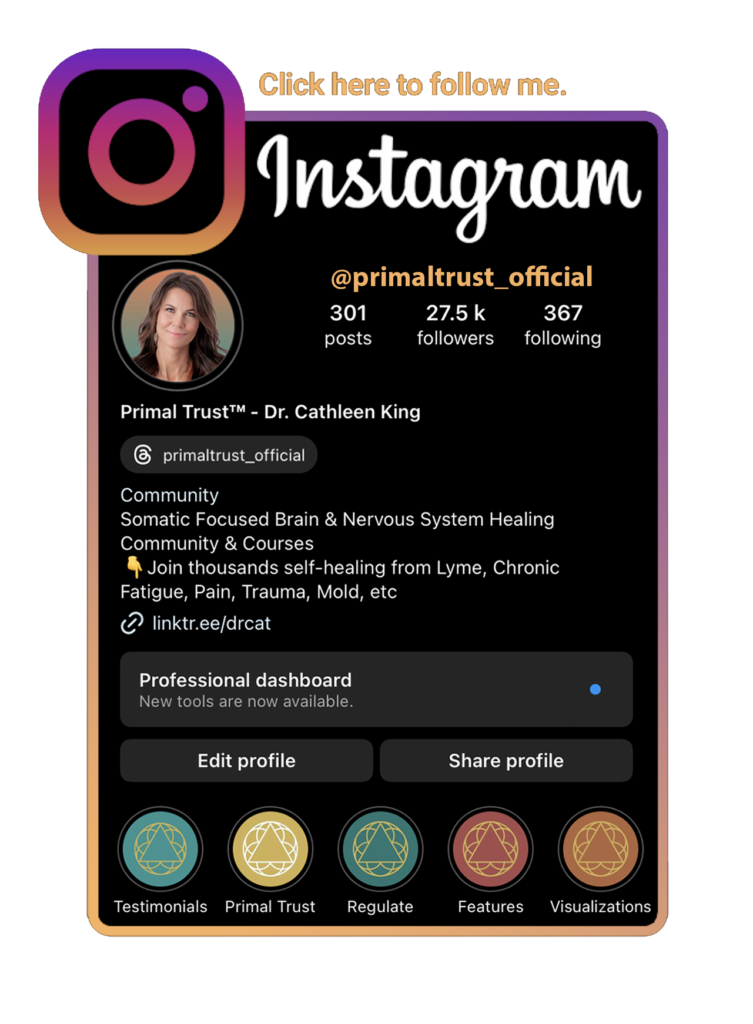On this wild ride of self-healing, we often bump into something sneaky called resistance. Resistance to routine, resistance to the brain retraining, resistance to using the tools, doing the program or just regulating our nervous system, full stop. It’s like this invisible wall that shows up in different forms, messing with our progress and keeping us from tapping into our full potential. It doesn’t even make much sense. Why would we resist something that’s designed to help us heal and escape from a life of suffering?! Let’s break it down and figure out how to finally deal with resistance, especially when it comes to battling chronic illness, stress that just won’t quit, and the heavy weight of past trauma.
Getting Friendly with Resistance’s Complex Layers:
Picture resistance as this intricate puzzle, made up of pieces that mess with our heads, hearts, and even our bodies. Let’s give it a closer look:
1. Neuroplasticity and Wrestling Unconscious Conflicts:
Okay, so deep down, our minds can be like these ancient battlegrounds of hidden conflicts. They’re shaped by past experiences, beliefs, and values that play a role in how we make choices. Enter the superhero – in Primal Trust™ we call it our Adult Main Personality. It’s like our compass, guiding us to make choices that match our core values and bring everything together. We’re on a mission to uncover these sneaky conflicts, untangling them and freeing ourselves from their grip. By merging our experiences and embracing our values, we’re setting the stage for some real personal growth and transformation.
As you work towards rewiring your brain and forging new pathways, your mind might resist change, throwing up discomfort and hitting triggers, seeking comfort in familiar patterns. However, it’s important to remember discomfort is not your enemy; it’s a sign of growth.
When faced with resistance, approach it with a mindset of self-compassion. Instead of trying to forcefully push through the discomfort, take a moment to acknowledge it. Allow yourself to feel the resistance without judgment. Recognize that this resistance is a part of your journey and is indicative of the changes you’re striving to make.
Just as you would comfort a friend facing a challenge, extend the same kindness to yourself. Remind yourself that discomfort is a natural part of transformation and a testament to your commitment to healing. Embrace the discomfort as a sign that you’re stretching your limits and creating space for new possibilities.

2. Somatic Presence: Embracing the Uncomfortable:
Extend that mindset of acceptance into the body. Ever feel like discomfort is that annoying acquaintance who just won’t leave you alone? Well, we’re about to make friends with it. Meet somatic presence – it’s all about tuning in to our body’s signals. By paying close attention to how our body responds and how our emotions play out physically, we’re creating space for some self-love and acceptance. We’re sitting right there with discomfort, not letting it take control. As we do this, we’re unraveling the twists and turns of resistance to our healing, letting our experiences and emotions merge into one beautifully messy, perfectly imperfect journey.
But what about when you resist even wanting to sit with your body and tune in?
Dissolving resistance to using somatic presencing tools involves a combination of understanding, patience, and consistent practice. Some steps you can take to overcome resistance and embrace somatic presencing more effectively are:
Education and Awareness: First, take the time to learn about somatic presencing and its benefits. Understand how it can contribute to your overall well-being, stress reduction, and healing. Awareness of the positive impact can motivate you to overcome resistance. We teach you all about somatics for nervous system regulation within our Level 1 program, Regulate™, which you can read more about right here: https://www.primaltrust.org/regulate-level-1/
Start Small: Resistance often stems from the fear of the unknown or the perception of a daunting task. Start small and gradually integrate somatic practices into your routine. Begin with short sessions and simple techniques. This approach can help ease you into the practice without overwhelming you.
Set Clear Intentions: Clarify why you want to use somatic presencing tools. Set clear intentions for what you hope to achieve through these practices. Whether it’s reducing stress, addressing trauma, or enhancing self-awareness, having a purpose can drive your commitment.
Mindful Exploration: Approach somatic presencing with an attitude of curiosity and non-judgment. Treat each session as an opportunity to explore your body’s sensations and responses without placing expectations on yourself. This approach can reduce resistance and create a more open mindset.

This path of self-healing isn’t about being free of triggers at all, it’s about recognizing, “Oh, I’m reacting to this”. Or “This is my part”. Or “This is my super ego brule” (some more Primal Trust™ Level 2 The Mentorship language there…! Curious? Read more here.). Or “This is just a resistance pattern. I see it. It hurts, but it’s not all of me and it doesn’t mean what I think it means. I’m not worthless. I just have a part of me that feels worthless in this situation because of the past”.
The trigger decreases in size when you know who you are even though you feel uncomfortable. Then you can defuse the emotional bomb inside of you when you start to feel it activate.
Embracing the Journey of Transformation:
So, resistance, that once-feared monster? We can turn it into a treasure map to personal growth and self-discovery. Each layer – neuroplasticity, somatic presence, and trauma work – is like a clue to cracking the code of resistance. As we dive into these layers, we’re not just passengers – we’re the drivers of our own healing journey. Yes, it might get uncomfortable, but guess what’s hiding in that discomfort? A whole lot of empowerment, resilience, and self-compassion.
Remember, this journey isn’t about banishing triggers – it’s about understanding and facing them with self-awareness and self-love. We’re rewriting the rules of resistance, liberating ourselves from its grip, and stepping into a world where we’re not just surviving, but thriving. Freedom happens when you are aware of yourself – when you’re aware that you’re not free of triggers – but you’re aware of yourself enough to be able to choose differently.
In a Nutshell:
Resistance has layers that we can unravel with a toolkit of neuroplasticity, somatic presence, trauma know-how, and self-healing. By getting comfortable with discomfort, making mindful choices, and building unity within ourselves, we’re setting sail on a quest for healing, growth, and finding our true selves. As we navigate this adventure, we’re turning resistance into a stepping stone, leaving behind a trail of empowerment and stepping into a world where we’re the heroes of our story.





